Creature Posting



Same energy 

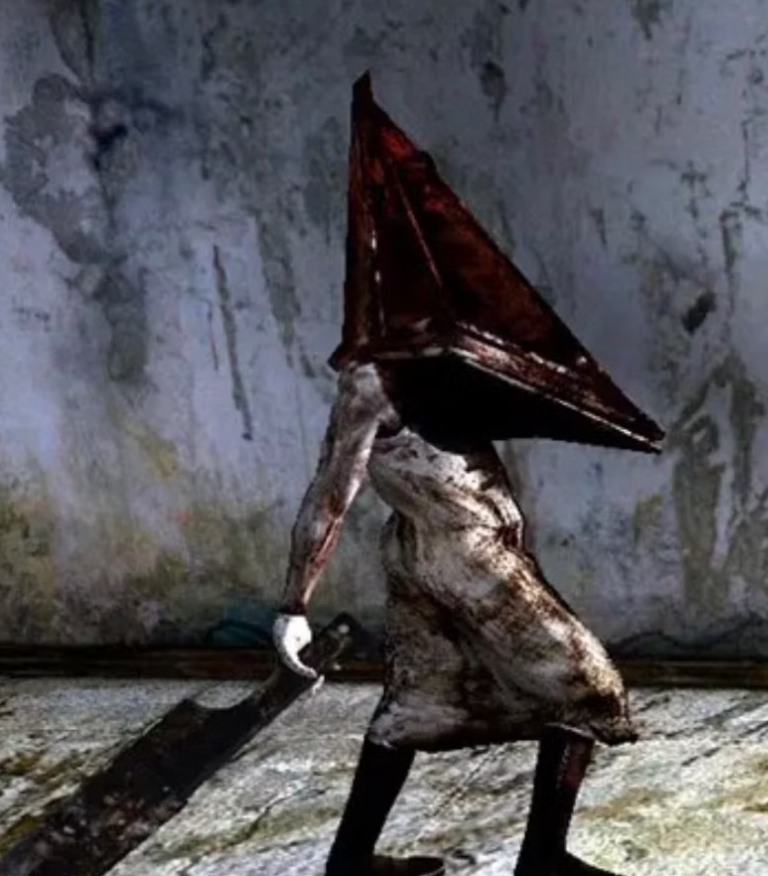 

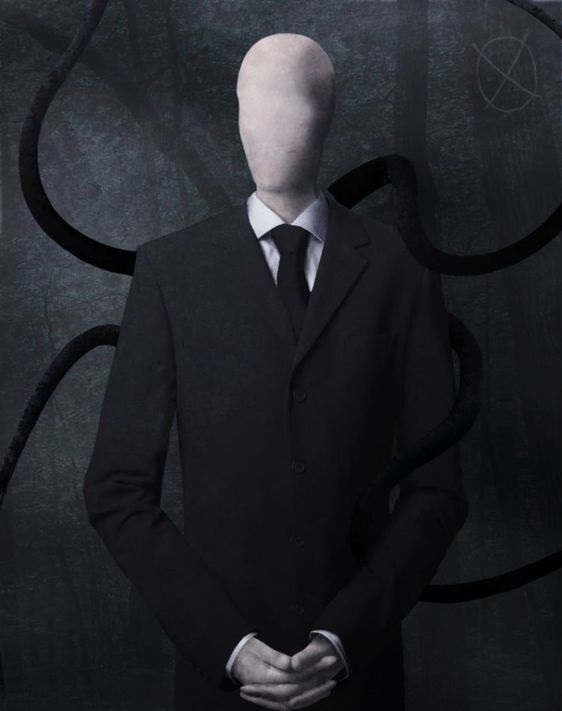 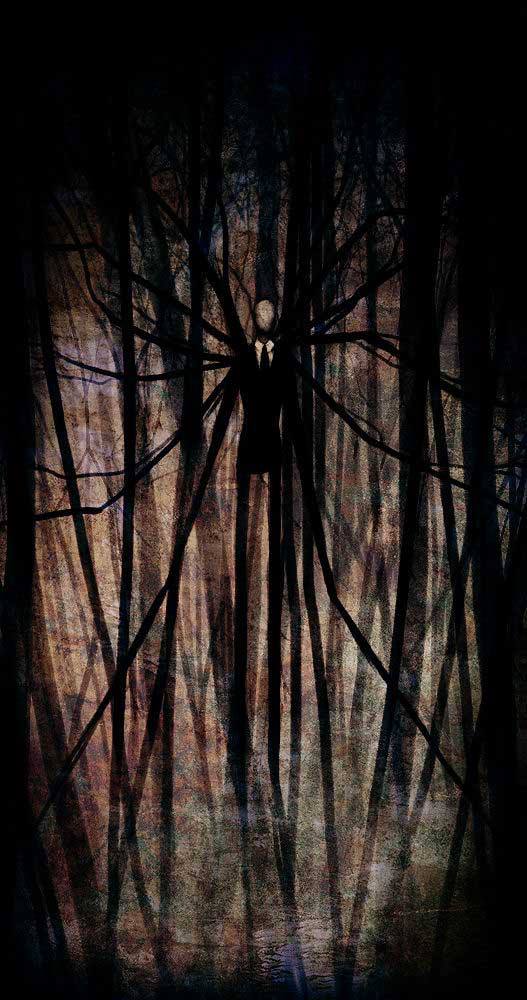  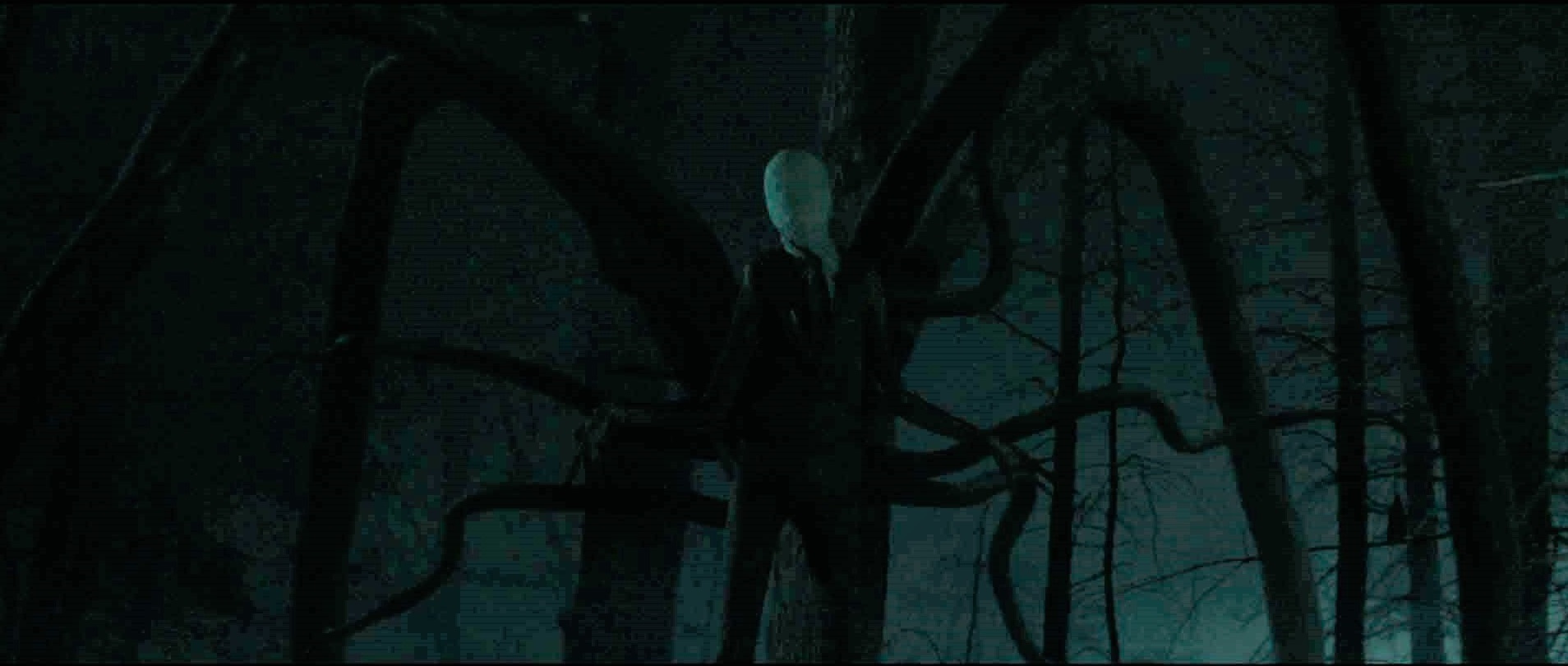 

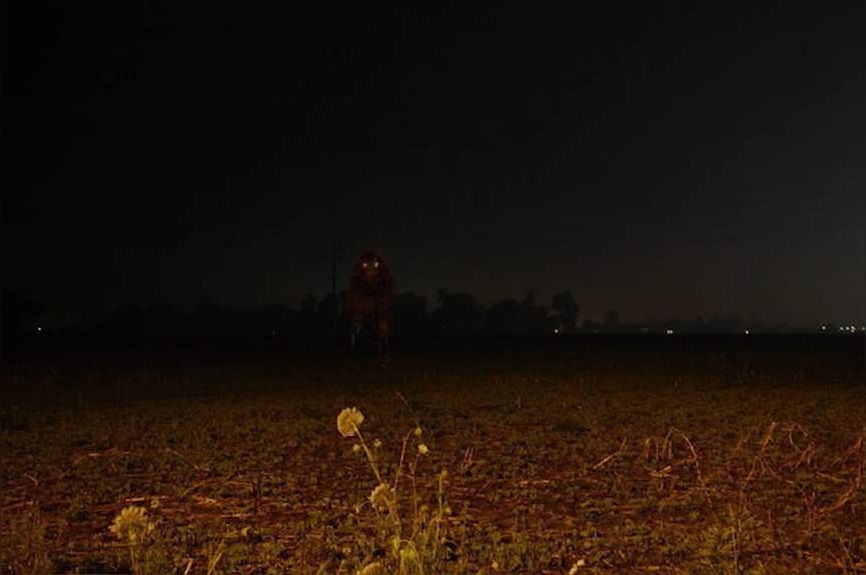 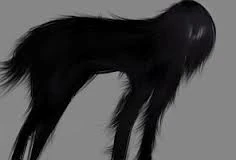 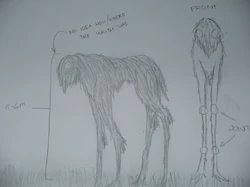

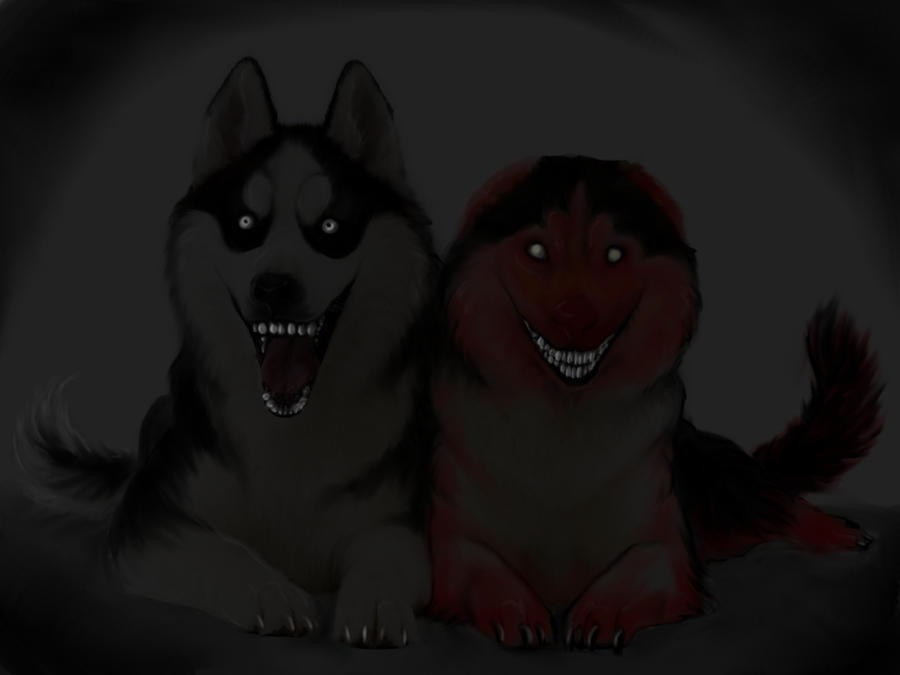 

Ceramic sculpture of a mythological figure in feathered costume. Ecuador, La Tolita culture, 100 BC-100 AD

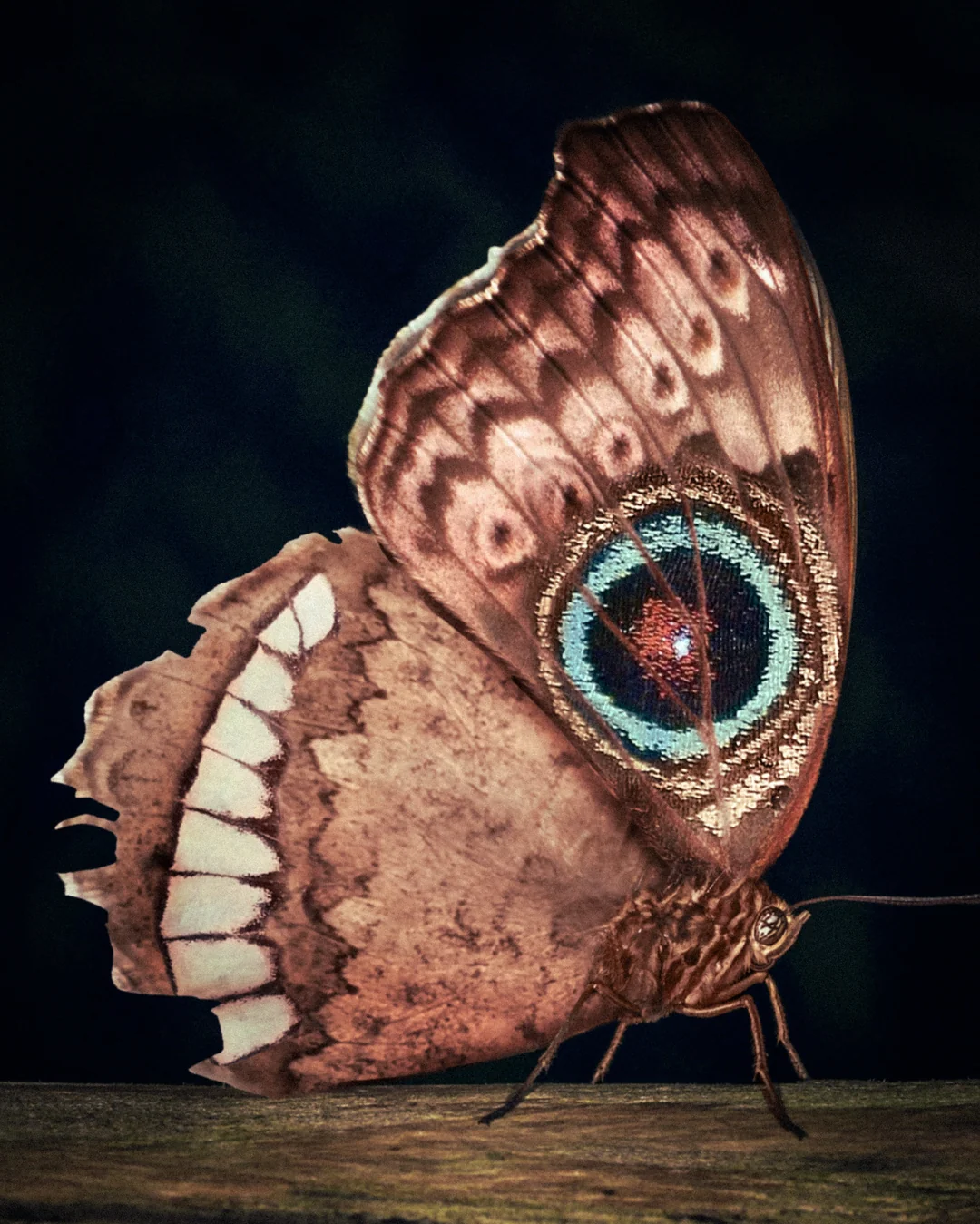




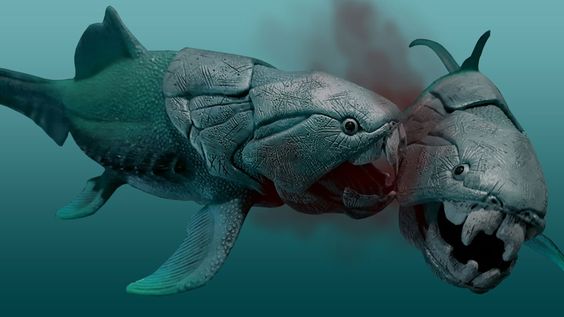 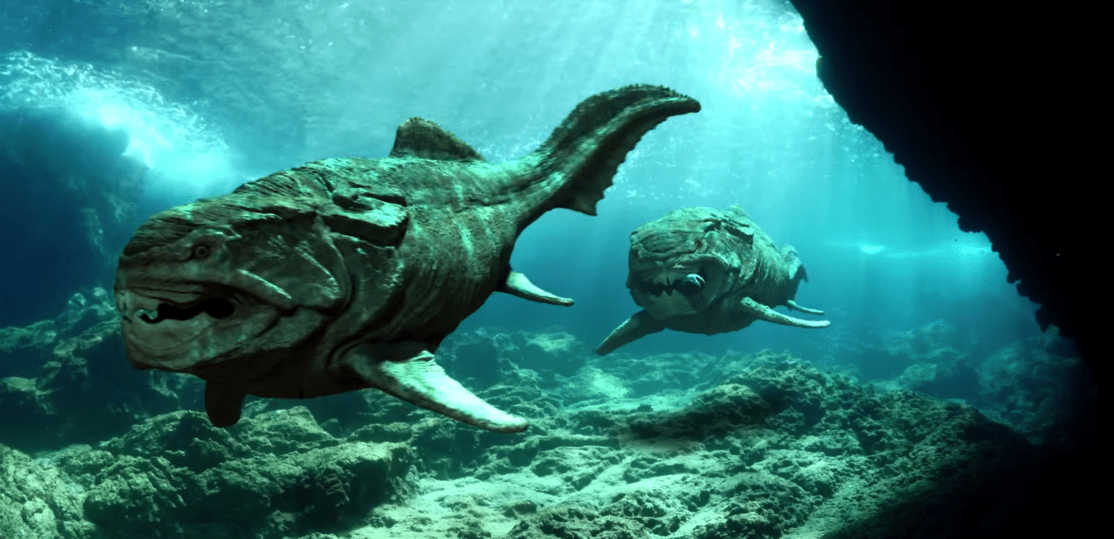 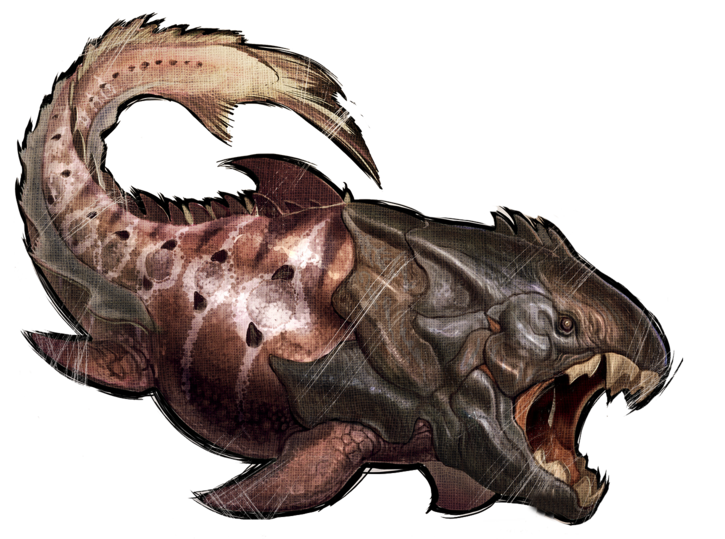

Stygiomedusa gigantea, commonly known as the giant phantom jelly, is the only species in the monotypic genus of deep sea jellyfish, Stygiomedusa. It is in the Ulmaridae family. With only around 110 sightings in 110 years, it is a jellyfish that is rarely seen, but believed to be widespread throughout the world, with the exception of the Arctic Ocean. The bell of this deep-sea denizen is more than one meter (3.3 feet) across and trails four ribbon-like oral (or mouth) arms that can grow to more than 10 meters (33 feet) in length. The giant phantom jelly occurs all around the world with the exception of the Arctic Ocean. They are typically found 61°N–75°S and 135°W–153°E. In areas of high latitude in the Southern ocean, the depth at which the species may be found are at the mesopelagic and epipelagic levels. Known to be one of the largest invertebrate predators in the deep sea, the giant phantom jellyfish's typical prey consists of plankton and small fish. The S. gigantea tends to be more dominant in locations with a low productivity system, which in turn deters other predatory organisms, like fish, to high productivity systems (coastal, upwelling zones). However, the jellyfish remains an important predator for the deep sea, often competing with squids and whales. Evidence has been collected to support the first-ever documented symbiotic relationship for an ophidiiform fish, Thalassobathia pelagica. Scientists have observed that the large umbrella-shaped bell of S. gigantea provides food and shelter for T. pelagica, while the fish aids the giant phantom jelly by removing parasites. The S. gigantea's jelly providing shelter for T. pelagica is essential for the fish, considering the lack of shelter resources at such extreme ocean depths. Studies to further support this symbiotic relationship have shown that the two species reassociate with one another even if separated. It was inferred that T. pelagica is able to find its way back to the giant phantom jelly due to neuromasts that increase the sensitivity of low-frequency water movements which the bell of the jellyfish emits. Instead of alternating between their medusa and polyp stages like most jellyfish, the giant phantom jelly covers their young in their huge bell. As a result, they "give birth" to young that are already at their medusa stage. It is inferred that reproduction of S. gigantea is continuous with one parent estimated to produce fifty to one hundred medusa.

Lethocerus americanus, sometimes called the electric light bug, toe biter or fish killer, is a giant water bug in the family Belostomatidae, native to southern Canada and the United States (north of 35°N; other Lethocerus species are found southwards). It typically has a length around 5–6 cm (2.0–2.4 in). It was originally classified as a species in genus Belostoma. This flattened oval-shaped, brownish insect can get up to 6 cm long. Its front legs are well-developed and adapted to grasping prey, while its flattened back legs are used for swimming. As its name implies, the giant water bug is found in and around aquatic habitats such as ponds, creeks and streams, marshes, and lake edges. It is a strong flier, and is attracted to lights at night. Giant water bugs are common and found throughout most of North America. They are active from spring to fall, and adults overwinter in mud in aquatic habitats. This insect is a predator, as indicated by its other common common names, 'toe biter' and 'fish killer'. It eats other aquatic invertebrates, small fish, and amphibians — such as this Pacific chorus frog. Like other members of Family Belostomatidae, the giant water bug may bite humans when disturbed. Bites can be very painful and may even cause permanent damage: upon biting prey the insect injects digestive enzymes to liquefy tissue that can then be sucked out. On humans this can produce a painful lesion. Lethocerus americanus lays their eggs above water on vegetation, where the male guards it from females that would eat the eggs so the male will bear her offspring instead. Some other giant water bug species lay their eggs on the backs of males. The male then carries the eggs around until they hatch. Adults live about one year.



  

Bigfin squids are a group of rarely seen cephalopods with a distinctive morphology. They are placed in the genus Magnapinna and family Magnapinnidae. Although the family was described only from larval, paralarval, and juvenile specimens, numerous video observations of much larger squid with similar morphology are assumed to be adult specimens of the same family. The presumed adult stage of Magnapinna is known only from video observations from submersibles and ROVs; no physical specimens have yet been collected, leaving their exact identity unknown. These individuals and the collected juvenile specimens share the very large fins and the vermiform arm tips with no suckers, but the iconic elongated arm tips are known only from observed individuals. Although it has not been directly confirmed whether these squid are the same as the Magnapinna known from specimens, it is largely accepted that they are members of Magnapinnidae. The specimens in the videos looked very distinct from all previously known squids. Uniquely among cephalopods, the arms and tentacles were of the same length and looked identical (similar to extinct belemnites). The appendages were also held perpendicular to the body, creating the appearance of strange "elbows". Most remarkable was the length of the elastic tentacles, which has been estimated at up to 15–20 times the mantle length. This trait is caused by filament coiling of the tentacles, a trait that is rare among similar species. Estimates based on video evidence put the total length of the largest specimens at 8 m (25 ft) or more, with some estimates up to 12 m (40 ft). Viewing close-ups of the body and head, it is apparent that the fins are extremely large, being proportionately nearly as big as those of bigfin squid larvae. While they do appear similar to the larvae, no specimens or samples of the adults have been taken. While their exact identity is unknown, all of the discovered specimens can be observed to have a brown-orange color body, translucent fins, near-white tentacles, and dark eyes. These species of squids are mainly identifiable by their long thin arms and specific colors. The squid also have a very unique brachial crown that sets them aside from the rest of other families that are known. Little is known about the feeding-behaviour of these squids. Scientists have speculated that the bigfin squid feeds by dragging their arms and tentacles along the seafloor and grabbing edible organisms from the floor. Alternatively, they may simply use a trapping technique, waiting passively for prey such as zooplankton to bump into their arms (see Cephalopod intelligence). The diet of the bigfin squid is unknown. However, cephalopods are known to feed on crustaceans, jellyfish, and even other cephalopods.

The hellbender (*Cryptobranchus alleganiensis*), also known as the hellbender salamander, is a species of aquatic giant salamander endemic to the eastern and central United States. It is the largest salamander in North America. A member of the family Cryptobranchidae, the hellbender is the only extant member of the genus Cryptobranchus. Other closely related salamanders in the same family are in the genus Andrias, which contains the Japanese and Chinese giant salamanders. The hellbender, which is much larger than all other salamanders in its geographic range, employs an unusual means of respiration (which involves cutaneous gas exchange through capillaries found in its lateral skin folds), and fills a particular niche—both as a predator and prey—in its ecosystem, which either it or its ancestors have occupied for around 65 million years. The species is listed as Vulnerable on the IUCN Red List of Threatened Species due to the impacts of disease and widespread habitat loss and degradation throughout much of its range. With their flattened head and body, four short, stout legs, long rudder-like tail and very small beady eyes, they are well adapted to their swift, flowing stream habitats. Hellbenders retain a few juvenile traits as adults, such as an absence of eyelids and open gill slits. Hellbenders prefer swift running, well oxygenated, unpolluted streams and rivers. An important physical characteristic of these habitats is the presence of riffle areas and abundant large flat rocks, logs or boards which are used for cover and nesting sites. Its diet is mostly crayfish, supplemented by small fish, other hellbenders, tadpoles, toads and water snakes. They are "sit-and-wait" (ambush) predators and conceal themselves beneath rocks on the streambed with only their head protruding to seize crayfish and other small aquatic prey that swim by. After having covered 30-60 feet and eaten up to 4 crayfish in a night, the salamander returns to its home rock by morning. Adults are extremely territorial, usually chasing off any daytime visitors. Juvenile hellbenders have many predators, including fish, turtles, water snakes, and other hellbenders. Adults have few predators, but may be eaten by raccoons, minks, and river otters. Like all salamanders, the Eastern hellbender has a four-stage life cycle, growing from egg to larva, juvenile to adult. Hellbenders reach sexual maturity at five to six years and may live as long as 30 years.

The tripod fish or tripod spiderfish, Bathypterois grallator, is a deep-sea benthic fish in the family Ipnopidae found at lower latitudes. It is now relatively well known from photographs and submersible observations, and seems to prefer to perch on the ooze using much elongated fin rays in the tail and two pelvic fins to stand, facing upstream with the pectoral fins turned forward so the outthrust projecting fin rays resemble multiple antennae, and are indeed used as tactile organs. B. grallator is hermaphroditic. At least 18 species are placed in the genus Bathypterois, several of which have similar appearance and behavior to B. grallator. B. grallator is the largest member of its genus, commonly exceeding a standard length of 30 cm (12 in) and reaching up to 43.4 cm (17.1 in). Bathypterois grallator has been found relatively widely in the Atlantic, Pacific, and Indian oceans from 40°N to 40°S. It is a wide-ranging eurybathic fish found from 878 to 4,720 m (2,881 to 15,486 ft) deep. Feeds on nektonic copepods and other small planktonic crustaceans. We do not know enough to say for certain if this fish is preyed on by any other animals.

The common snapping turtle (*Chelydra serpentina*) is a species of large freshwater turtle in the family Chelydridae. Its natural range extends from southeastern Canada, southwest to the edge of the Rocky Mountains, as far east as Nova Scotia and Florida. The present-day Chelydra serpentina population in the Middle Rio Grande, suggests that common snapping turtle has been present in this drainage since at least the seventeenth century and is likely native. The three species of Chelydra and the larger alligator snapping turtles (genus Macrochelys) are the only extant chelydrids, a family now restricted to the Americas. The common snapping turtle, as its name implies, is the most widespread. Snapping turtles are noted for their large size and aggressive nature. They are tan to black in colour and have a rough upper shell, a small cross-shaped lower shell, a long tail, and a large head with hooked jaws. They inhabit almost any permanent or semi-permanent body of water, including marshes, creeks, swamps, bogs, pools, lakes, streams, rivers, and impoundments. Snapping turtles can tolerate brackish water. Snapping turtles like to bury themselves in mud with only their nostrils and eyes exposed. This burying is used to surprize prey. Snapping turtles can be very vicious when removed from the water, but they become docile when placed back into the water. As omnivores, snapping turtles feed on plants, insects, spiders, worms, fish, frogs, small turtles, snakes, birds, crayfish, small mammals, and carrion. Plant matter accounts for about a third of the diet. Snapping turtles are most vulnerable when they are in eggs and newly hatched. At this stage they are preyed upon by foxes, coyotes, skunks, minks, fishers, raccoons, crows, herons, hawks, owls, bullfrogs, fish and snakes. After emerging from hibernation, turtles begin feeding and searching for mates. Snapping turtles generally reach maturity at 8 to 10 years and can live up to 40 years or more.

The Australian ghostshark (*Callorhinchus milii*) is a cartilaginous fish (Chondrichthyes) belonging to the subclass Holocephali (chimaera). Sharks, rays and skates are the other members of the cartilaginous fish group and are grouped under the subclass Elasmobranchii. Alternative names include elephant shark, makorepe (in Māori), whitefish, plough-nose chimaera, or elephant fish. Ghost sharks have long tapering bodies and incredibly large heads. Their skin ranges in color from black to pale blue to brownish grey and is quite smooth. They have large eyes, oversized nostrils, and large, visible teeth, which give them a rabbit-like appearance, though within their mouths are three tooth plates. It is found off southern Australia, including Tasmania, and south of East Cape and Kaipara Harbour in New Zealand, at depths of 0–200 m (0–656 ft). Their diet primarily consists of shellfish, mollusks, and worms that live on or under the seafloor. Their dental plates help them catch, crush, and swallow their prey. Predators of the ghost shark include larger fish including sharks. Parasites of the ghost shark include the monogenean Callorhynchicola multitesticulatus as reported from a specimen caught in the waters off the eastern coast of New Zealand. Males reach maturity at 2-3 years of age, corresponding to 19.7 inches (50 cm) total length, while females mature at 4-6 years of age and 27.6 inches (70 cm) total length. The lifespan of the ghost shark is approximately 15 years. The ghost shark is oviparous. Two keratinous egg cases are released during the spring months onto sandy or muddy bottoms in shallow water. The egg cases measure up to 25 cm in length and 10 cm in width and are golden yellow in color. Despite several of its names, it is not a shark, but a member of a closely related group.

The Tasmanian giant freshwater crayfish (Astacopsis gouldi), also called Tasmanian giant freshwater lobster, is the largest freshwater invertebrate and the largest freshwater crayfish species in the world. The species is only found in the rivers below 400 metres (1,300 ft) above sea level in northern Tasmania, an island-state of Australia. It is listed as an endangered species on the IUCN Red List due to overfishing and habitat degradation, and it has been prohibited to catch the crayfish since 1998. Giant Freshwater Crayfish are slow-growing and long-lived. They are spiny with large front pincers and their colour varies considerably among individuals, with adults ranging from dark brown-green to black or blue. The diet of the freshwater crayfish varies with age, but predominantly consists of decaying wood, leaves and their associated microbes. They may also eat small fish, insects, rotting animal flesh and other detritus when available. Juveniles tend to hide in shallow water where they are less at risk from their large predators including fish and platypuses. This species of crayfish reaches reproductive maturity late in its life. Males reach maturity at about 9 years and females do not reach maturity until about 14 years. Even after they reach maturity, females only breed every two years. They mate and spawn in the autumn and the eggs will hatch the next summer. The species is long lived and known to live up to 60 years of age and attain weights of up to 6 kilograms (13 lb), however in recent years specimens of 2–3 kilograms (4.4–6.6 lb) are considered large.

The pelican eel (*Eurypharynx pelecanoides*) is a deep-sea eel. It is the only known member of the genus Eurypharynx and the family Eurypharyngidae. It belongs to the "saccopharyngiforms", members of which were historically placed in their own order, but are now considered true eels in the order Anguilliformes. The pelican eel has been described by many synonyms, yet nobody has been able to demonstrate that more than one species of pelican eel exists. It is also referred to as the gulper eel (which can also refer to members of the related genus Saccopharynx), pelican gulper, and umbrella-mouth gulper. The specific epithet pelecanoides refers to the pelican, as the fish's large mouth is reminiscent of that of the pelican. The pelican eel has been found in the temperate and tropical areas of all oceans. In the North Atlantic, it seems to have a range in depth from 500 to 3,000 m (1,600 to 9,800 ft). Recent studies have shown that pelican eels are active participants in their pursuit of food, rather than passively waiting for prey to fall into their large mouths. They are hypothesized to exhibit lunge-feeding through the expansion of their mandible and upper jaw. Adults feed mainly on crustaceans, but also take fishes, cephalopods, and other invertebrates. Pelican eels themselves are preyed upon by lancetfish and other deep sea predators. The pelican eel is not known to undergo vertical diurnal migration like other eels. Not much is known about the reproductive habits of the pelican eel. Similar to other eels, when pelican eels are first born, they start in the leptocephalus stage, meaning that they are extremely thin and transparent. Until they reach their juvenile stage, they interestingly have very small body organs and do not contain any red blood cells. As they mature, the males undergo a change that causes enlargement of the olfactory organs, responsible for the sense of smell, and degeneration of the teeth and jaws. The males also have defined reproductive organs. In a studied male, the testes occupied a majority of the space in the stomach cavity where the stomach had seemed to have shrunk. The females, on the other hand, remain relatively unchanged as they mature. The large olfactory organs in the sexually-mature males indicates that they may locate their mates through pheromones released by the females. Many researchers believe that the eels die shortly after reproduction.

















